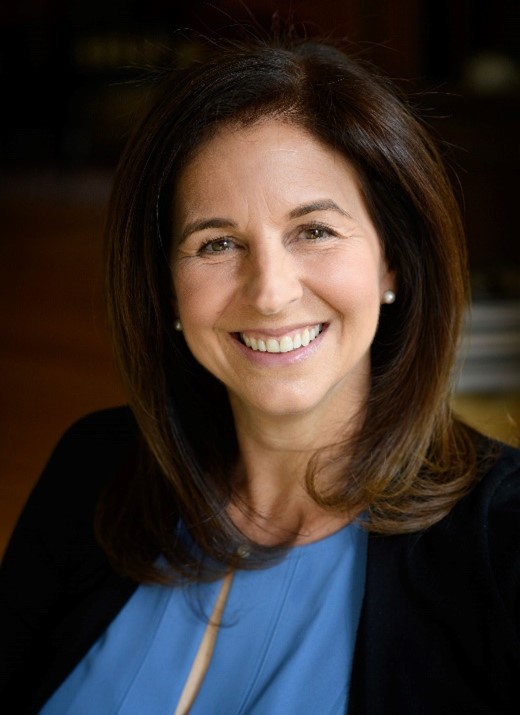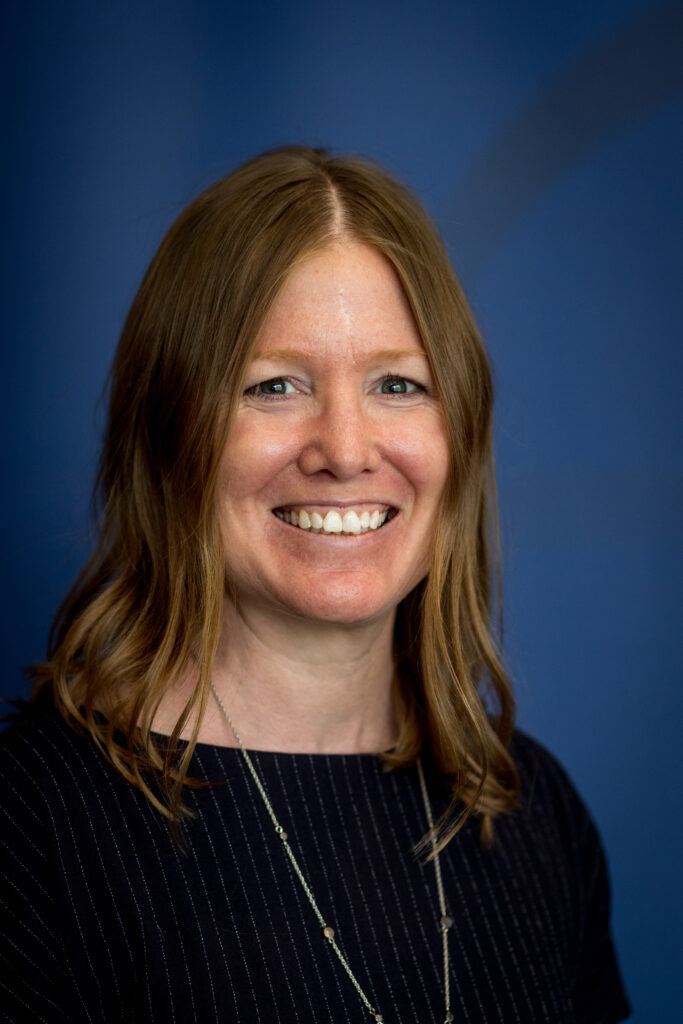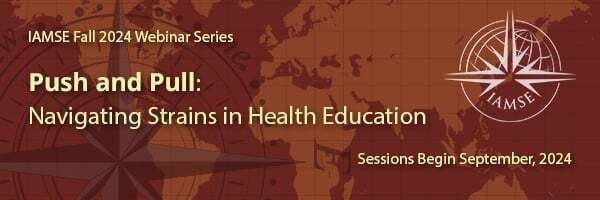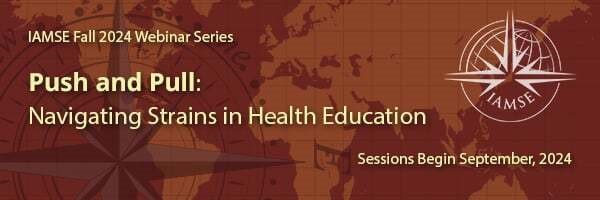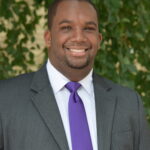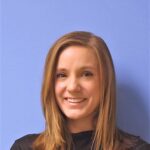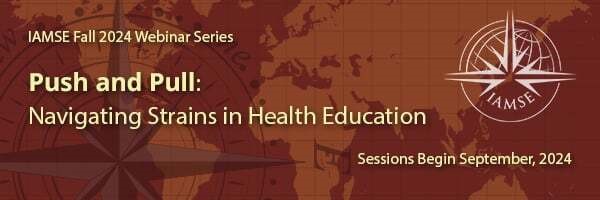
Stigma in Medicine: The Power of Language
Presenters: J. Corey Williams, MD, MA, and Melissa Chen, MD
[The following blog was generated by Akshata Naik and Doug McKell]
Dr. Williams began the webinar by mentioning the work of the National Anti-Racism in Medicine Curriculum Coalition (NAMCC), a network of educators developing and teaching anti- racism curricula. He then described a vital issue for this presentation: identifying language stigmas in clinical documentation and providing solutions to rectify them. He stressed the importance of using non-stigmatizing, person-centered language in clinical documentation and oral presentations. Examples include avoiding terms like “non-compliant,” “alcoholic,” and “commit suicide” and embracing person-first language.
Dr. Williams presented a clinical vignette describing an elderly Hispanic veteran with a history of alcohol use disorder who attempted suicide. He asked the audience to identify all stigmatizing and extraneous language from the vignette that is irrelevant clinically, e.g., “alcoholic veteran,” “non-compliant,” etc. Dr. Chen then described how the language we use is also a proxy for talking about race and other socially marginalized identities. She outlined the survey results that focused on using race in clinical courses. When course directors were surveyed, they mentioned they were unclear about the circumstances under which they needed to teach about race. Due to the fear of being mis-speaking or misinterpreting, many course directors (18% of the participants) did not mention race. They also found that how and what clinical concepts were taught or mentioned in the patient notes varied depending on the race, training level, and the physicians/clinicians’ discipline.
Dr. Chen described a study from JAMA Internal Medicine revealing discrepancies in race documentation based on the patient’s race, diagnostician, and level of training. In this report, the chief medical resident at an academic medical center recorded, over two months, how frequently race or any unflattering characteristics such as non-cooperativity, irritation, and anger were used in the daily clinical presentation in hospital rounds. The study authors reported that race was more often specified prominently and repeatedly during presentations of Black patients or patients who belong to other racial minorities. Frequently, unflattering (biased) characteristics were mentioned in examples of unsheltered or patients suffering from substance abuse disorder in particular. Excerpts from the clinical notes also conveyed a sense of disbelief of the patient’s concerns, often when the patient’s symptoms were reported as
gossip rather than a factual experience linked to their condition. The hearsays were written in quotes, which they found to be more frequent while making notes on black patients with at least one or more judgment words, e.g., “Apparently…” or “Claims to..”.
Because care received by patients is directly related to how providers perceive patients, patients who are subject to stigmatizing language, phrases, and words are going to get care that is less effective, less efficient, and less needed when compared with someone who might be described in a more person-centered or neutral way. Because of the history of negative racial meanings in the US, this means that certain negative judgments or stereotypes will change the diagnostic thinking and treatment decisions of the patient in question. Drs. Williams and Chen reported a study to understand whether the words someone uses in charting patient details influence their diagnostic and treatment decisions. This study used an interesting methodology of exposing survey participants to a similar clinical vignette. The only difference was that one group received a neutral language vignette, while the other received a stigmatizing language. Students and residents who obtained vignettes with stigmatizing language had negative attitudes toward the patient. They were more likely to blame the patient for not having enough
will or not following an aggressive treatment plan. In another study, the race and sex of the patient affected the way cardiologists approached a treatment regimen. Women and black patients were less likely to be referred to thrombolytic therapy. Therefore, black women were the least likely among the groups to be recommended for this treatment. There was also a shocking revelation that many physicians thought that black patients had thicker skin or smaller brains despite absolutely no biological distinctions between the races. This study demonstrated that having false beliefs about biological differences based on race and the way the case was written with racial identifiers influenced the medical judgment of trained medical professionals.
Drs. Williams and Chen then addressed the need to be contemplative and reflective about how we treat our patients and how we talk about and record our interactions with patients. They stressed that talking about patients using person-first language rather than adjectives that label a patient as alcoholic or crazy needs to be baked into our medical training and our real-time direct patient care instruction of trainees. They suggested that we reflect on this – and act on this necessity – by thinking about whether the information we present about the patients is clinically relevant by asking ourselves: Does it mention a person’s race that this is not crucial information for their diagnosis or symptoms? Are we routinely labeling the patient with their disease condition, e.g., diabetic, alcoholic, etc.? Are we writing clinical notes in a way that blames the patient? Does it reinforce a stereotype? Does it contain pejorative or extraneous
language? Lastly, but most importantly, how would the patient feel if they read it, or how would you feel if your physician wrote about your sufferings using such a language? They argued that the clinic practices around identifying race in the patient’s chart significantly add to the disparities in which racial minorities are treated differentially in hospital systems.
Further, when a physician sees a racial minority identified in the chart, given the history of hostile and biased racial meanings, this may activate certain negative judgments with stereotypes that will inappropriately change the care providers’ diagnostic thinking and treatment decisions. They then provided examples of person-first language that could replace specific excerpts in physician’s notes. They also went on to list some of the resources they have curated that will aid medical and healthcare professionals and faculty in incorporating the training of using person-first language in their curricula.
This last point has become particularly salient in the previous five years since the passing of the 21st Century Cures Act, which increases access to patient health information and promotes patient choice. The law requires that healthcare organizations release electronic health information to patients as soon as it’s finalized. The Cures Act also prohibits information blocking when providers or hospital systems prevent patients from accessing, exchanging, or using their health information. As a result, patients are increasingly demanding access to their records, so we have to be more and more sensitive to what they would think if they were reading this documentation. So, what is this? Here are some examples of what person-first language looks and sounds like: Instead of saying a psychotic patient, for example, you would
say that a person is a person with psychosis, instead of saying a diabetic patient is a patient with diabetes. Instead of an alcoholic, this is a person with an alcohol use disorder or a substance abuse disorder. There’s also an essential point about saying that someone is or describing someone as female or male or non-binary, for that matter, versus saying someone is a woman or man; biologically speaking, describing someone as a female or male is to imply something about their genital anatomy and or their chromosomes, and when, in actuality, what we’re typically doing in most medical encounters is categorizing someone based on their outward physical appearance, which is culturally constructed notion. A culturally constructed notion of what we associate a man or woman typically looks like in our particular society, so using man or woman or non-binary are better descriptors for what we’re doing in the encounter, and unless, In rare instances, someone’s genital anatomy or chromosomes are relevant to the presenting concerns.
Both Drs. Williams and Chen continued with additional examples of incorrect language use, including the following: They noted that we often conduct urine drug screening in emergency rooms and hospitals, and, when doing so, we colloquially label them as dirty urine or clean urine when we should use terms like positive or negative screens. They suggested that we should also avoid terms like contact or felon. Instead, we should say the patient had a felony or was convicted, and this goes back to that person-first language that we went over earlier suicide. This terminology is particularly salient for mental health, so people bereaved by a loved one who died by suicide have highlighted in studies that using the words “committed” suicide can feel like casting judgment as commit is commonly used in conjunction with criminal acts, resulting in a negative connotation of immorality.
Dr. Williams concluded the presentation with a discussion of the original HPI case description he presented at the beginning of the webinar of Mr. W who is an elderly Hispanic, alcoholic veteran who presented to the hospital last night after he ran into traffic after what he claims was a two-week vendor, quote, unquote, he admits to being non-compliant with antidepressant medication he gets from his provider at the VA and had, unfortunately, relapse on alcohol after being cleaned for almost six months The revised HPI case description is of Mr. W who is a 57-year-old with alcohol use disorder who presented to the hospital last night after he tried to kill himself by running into traffic after experiencing a recurrence of his alcohol use he has been unable to feel prescribed antidepressant medication due to cost and had resumed using alcohol in the last two weeks after not using for almost six months. He pointed out that more helpful information was contained in the revised HPI. We can see the reason why he’ been off of his medication. We have a more precise timeline for how long he’s been able to maintain his recovery from alcohol, and then how long it’s been since he’s returned to use, and what were the specific events that led him into the let him into the emergency room.
